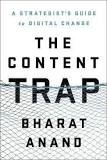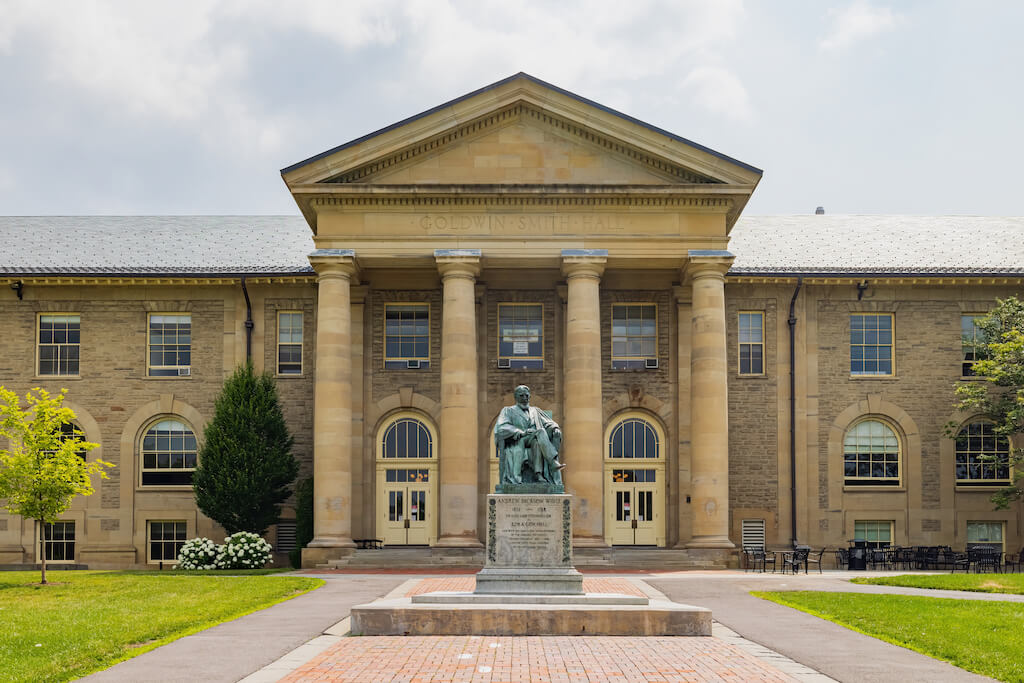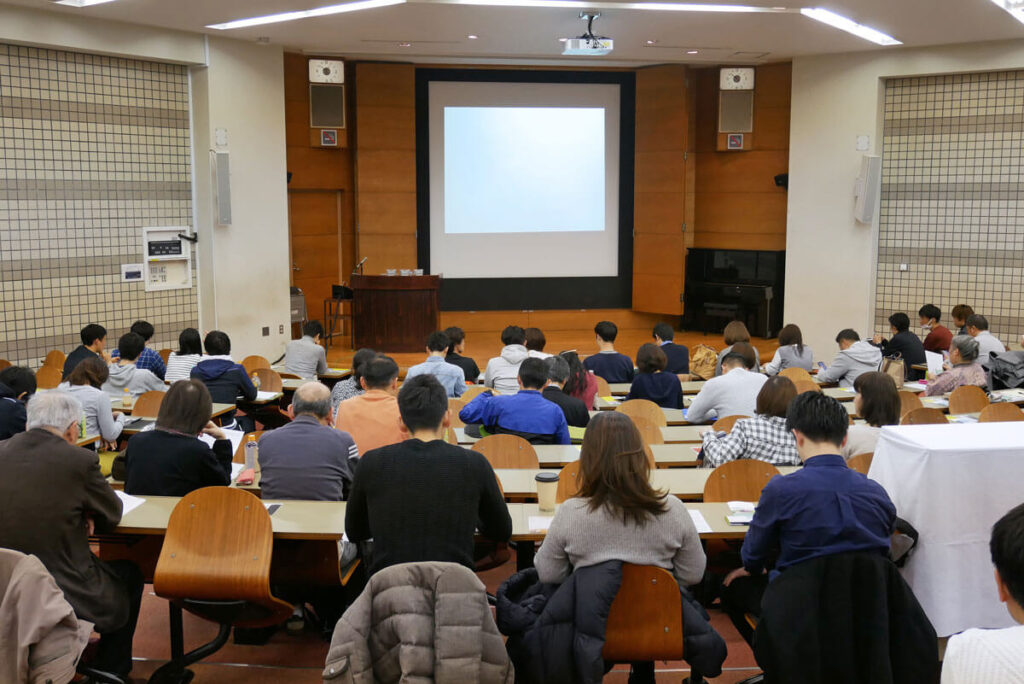 Dr. Bharat Anand compares the success of media company Schibsted’s digital transformation (from text-heavy to picture-intensive, from careful editing to rapid publishing, and from daily publishing to real-time updating) to that of The Economist. The latter doubled its print circulation from 2000-2015 while integrating its digital and print content, without changing the speed and manner in which digital offerings were updated.
Dr. Bharat Anand compares the success of media company Schibsted’s digital transformation (from text-heavy to picture-intensive, from careful editing to rapid publishing, and from daily publishing to real-time updating) to that of The Economist. The latter doubled its print circulation from 2000-2015 while integrating its digital and print content, without changing the speed and manner in which digital offerings were updated.
What The Economist has always offered is not news, which depends on speed, but balanced opinions based on evidence and the breadth of those balanced opinions across the geopolitical spectrum. Additionally, the opinions are produced collaboratively so that the magazine speaks with one voice. It carefully targets its audience so that consumer experience matters more in the long run, regardless of the country in which the reader resides. The web of connections it offers across functional areas makes it very difficult to build a competing product.
According to Anand, functional connections are defined by the fact that payoffs from individual decisions are almost always dependent on other decisions. Companies that pursue one choice often benefit by selecting a second complementary one. The fact that such choices are connected emphasizes the importance of functional alignment for all organizations. Striving to be different works because of the connections between corporate activities that together make it more difficult for competitors to imitate and implement. Once again, connections should be the focus of corporate strategy as well as the reason that companies gain a competitive advantage.
Anand discusses Netflix’s business model as a primer on why it was successful competing against Blockbuster and other movie distribution companies. It wasn’t the software, he argues, but rather the complex infrastructure of 44 warehouse locations nationwide and sophisticated software that not only managed inventory for DVDs in demand, but also made recommendations on those in stock. The functional connections allowed Netflix to manage its inventory at one-third of Blockbuster’s cost.
In 2008, Netflix realized that it needed to focus on a new form of movie delivery, digital streaming. Unfortunately, some of the physical advantages that had moved it to number one were negated by digital streaming and because of the competition, it lost 85% of its market value from 2011 to 2012. Netflix adjusted to the added competition by producing its own shows and releasing all of the episodes at once, creating the phenomenon of “binge watching.” This practice stabilized the subscriber base and allowed Netflix to invest more money in original content and increased profits.
From a strategy perspective, Anand notes that it’s important to answer two questions: Which customers should I pursue, and what do those customers want? After determining that, deliver your product to them in a unique way. Form a worldview about how customer behavior is changing, but don’t look at your product while conducting that review. The process of deriving a worldview can be chaotic, but it’s better than maintaining the established view. Connecting your worldview to what you do as an organization provides the strategic insight to map your strategy going forward. Strategically aligning the organization’s functional connections allows you to create a unique product or means of delivery, recognizing that your product may not appeal to every customer. In this case, less can be more.
To succeed, organizations should avoid looking at content initiatives separately, versus collectively as a series of closely-connected decisions. Winning strategies recognize the context in which the company operates, rather than the content it makes and distributes. Functional connections are the third part of the Connections Triad and extend beyond connected users and products, creating both a competitive advantage and differentiation from other companies. Competitive advantage is derived from scarcity and differentiation, and combining the two of them with your digital strategy is the key to success.
*Author’s note: Unless otherwise noted, the factual observations and images included herein are the intellectual property of Dr. Bharat Anand and/or Random House Publishing Group.











